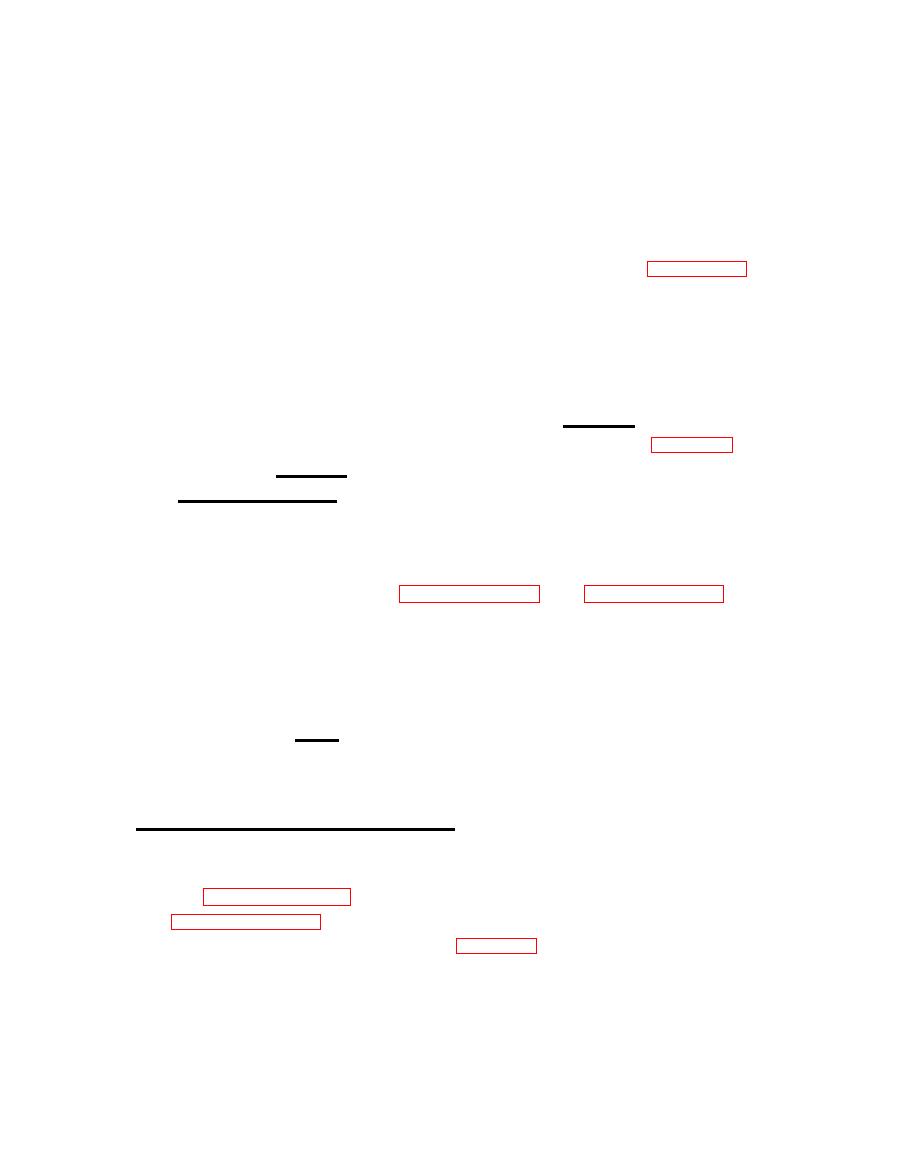
tubes, a replacement chopper should be tried. If the new
chopper does not clear the difficulty, place the original
chopper back in socket. The calibration accuracy must be
If the chopper is replaced, the drive coil
re-checked.
connections should be reversed (twisted pair from chopper
top cap to meter terminal board) to discover which
polarity gives lowest residual meter deflection (para. 3.2c)
The leads should then be resoldered in this polarity.
d.
Voltage and Resistance Tests
After determining that the trouble cannot be cured by re-
placement of tubes or chopper it is advisable to make a
systematic check of AC voltage, DC voltage, and resistance
at each socket pin. Table I shows the nominal AC and DC
voltages to ground from each socket pin number. Table 2
shows the nominal resistance values expected for each point.
Large or erratic deviations from the listed values of
voltage or resistance will serve as a clue in tracking
down a faulty component. Once the trouble has been found
and corrected, the calibration must be re-checked and re-
adjusted as outlined in paragraph 5.3 and paragraph 5.5
e.
RF Probe Replacement:
Probes that have been damaged by overload or have become
inoperative or insensitive for any other reason should
be replaced rather than repaired. After replacement
calibration must be rechecked and adjusted if necessary.
The Probe serial number should agree with that of the
instrument; if exchanged, recalibration may be necessary.
Before making any calibration adjustments, it is essential
to provide the necessary reference standards as described
in paragraph 5.1 and take all precautions as outlined in
then be made as outlined in Table 3.
AN/URM-145
a


